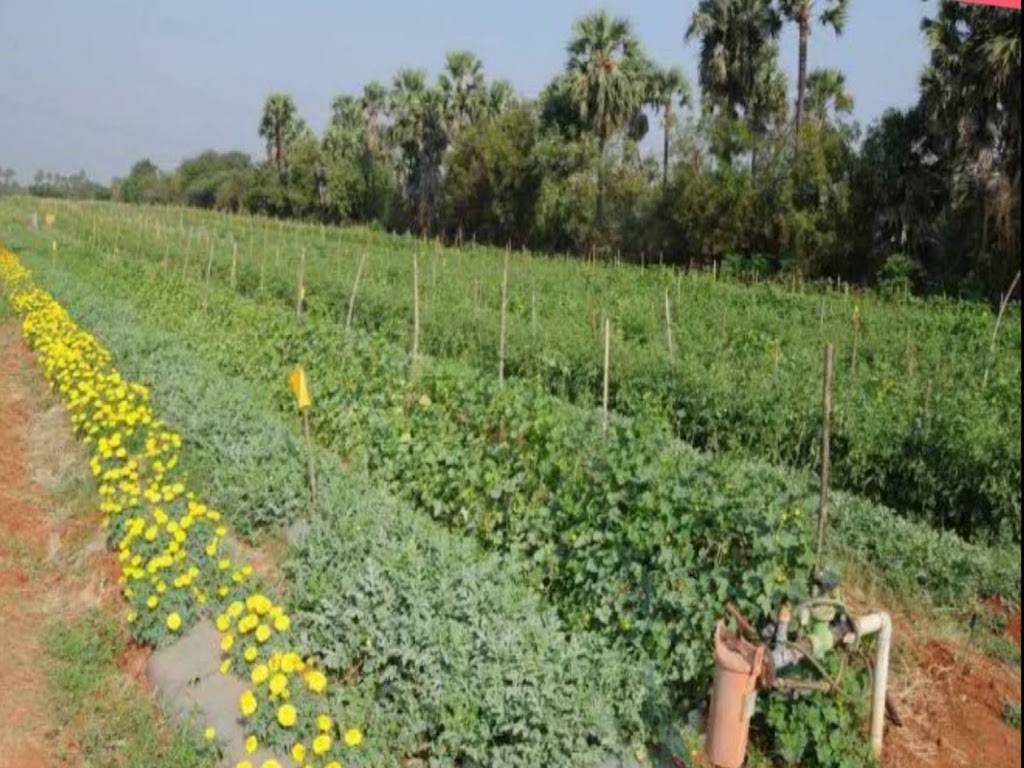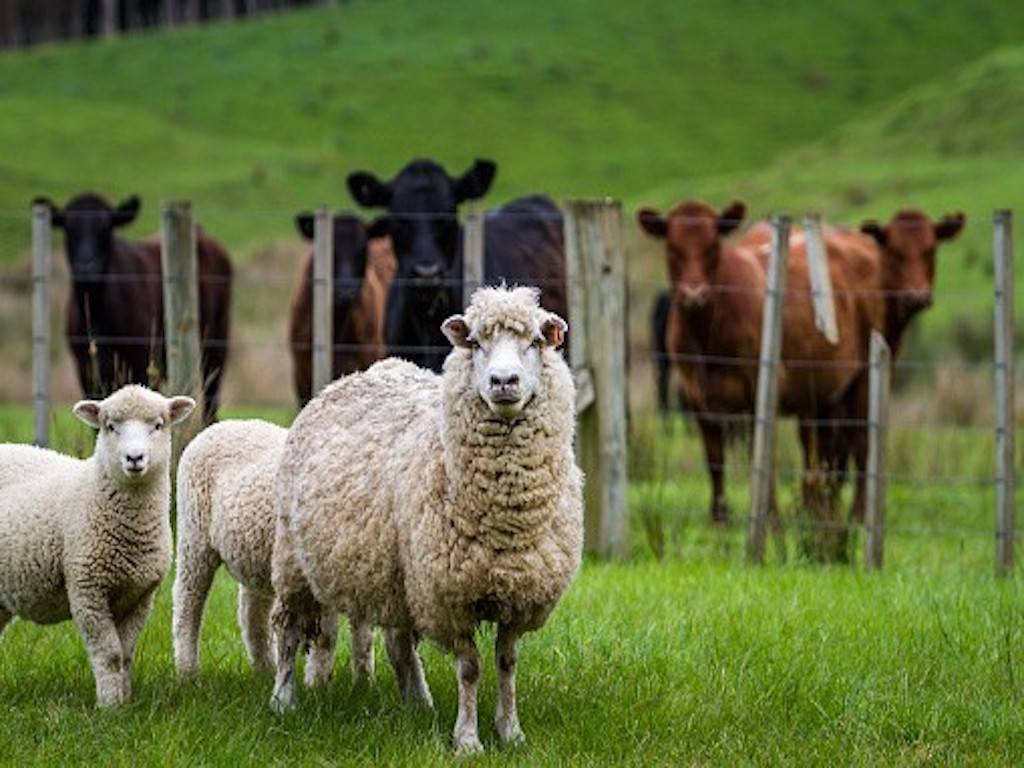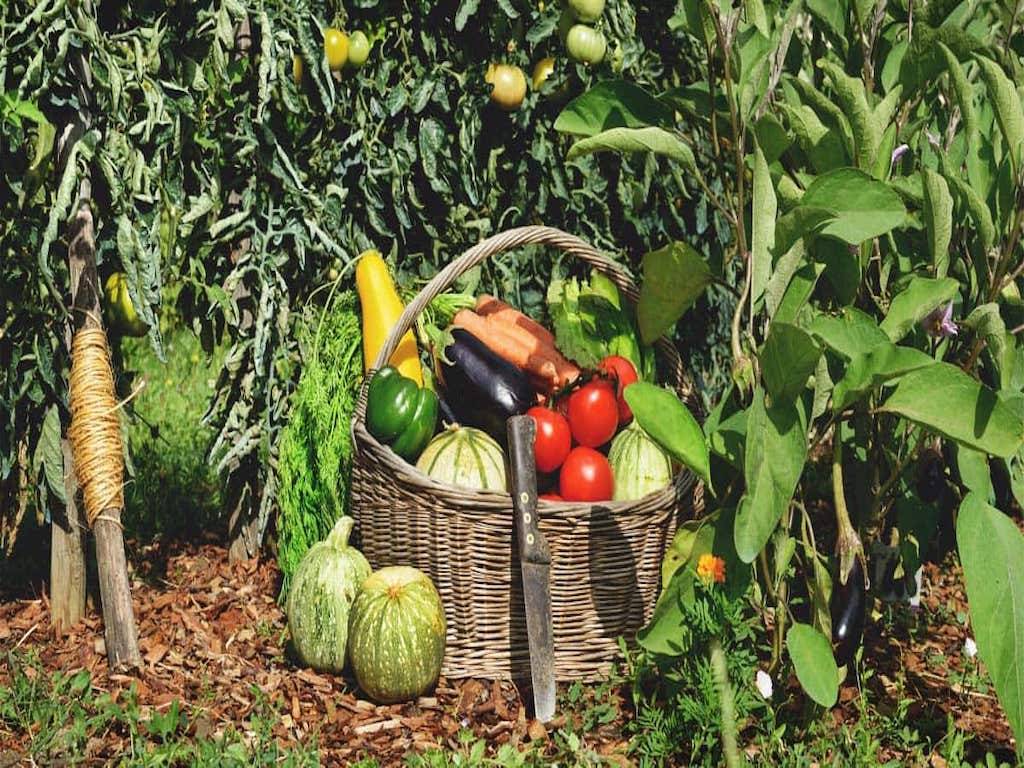
Agriculture is basically divided into categories based on the type of crop planted, the scale of cultivation, the intensity of cultivation, the level of mechanization, livestock combinations, and how farm produce is dispersed. In this article we will talk about different types of Agriculture.
Various types of agricultural activities done all over the world
Specialized horticulture
Specialized horticulture arose as a result of increased demand for horticultural goods in highly urbanized areas with dense populations. It has been effectively used for vineyard cultivation in northern Hungary, France, and the Swiss Lake regions.
Subsistence Farming:
Growing crops and rearing animals for the sole purpose of feeding the farmer and his family is known as subsistence farming. It entails the use of basic farm equipment on small plots of land. Most subsistence farmers are thought to be poor and so unable to afford better seeds and fertilizers. As a result, they farm on ground with low soil fertility or terrain that is difficult to work.
Subsistence farming is low-yielding and does not use irrigation or electricity, both of which are typically unavailable to such farmers. Because practically all of the food grown is consumed by the farmer and his family, almost none is sold for a profit. Agricultural activity is booming in the mid-latitudes.
Intensive Subsistence Farming (with or without Rice as a dominant crop):
Rice as dominant crop:
Intensive subsistence farming is conducted in tropical locations with dense populations and high rainfall. Rice is the most widely produced crop because it can feed and employ a large number of people in each unit area. Farmers employ animal and manual power to carry out farming chores, which is mostly practiced in Southeast Asia. The majority of farmers employ manures to increase their farm's productivity per unit area.
Rice as non-dominant crop:
This practice, like subsistence farming with rice as the major crop, is carried out in low-rainfall locations. Other grain crops grown by farmers include millet and wheat, in addition to rice. Agriculture is practiced in Central America and southern Africa, as well as places of northern Africa, Asia, and the Middle East that receive little rain throughout the year.

Mediterranean Farming:
Mediterranean agriculture entails the raising of livestock and the cultivation of crops in the harsh Mediterranean environment. Small animals and crops like citrus fruits, vineyards, and wheat are the principal crops farmed in the area. Due to the winter rains, horticulture is also undertaken, with the majority of crops sown in the winter.
Commercial Grain Agriculture:
Mechanization of farms resulted in commercial grain cultivation. It is mostly used in places with a low population density and minimal rainfall. Drought and weather tolerant grains are produced in these places, allowing them to thrive in dry environments. Wheat monoculture is the most common activity in steppes, prairies, and temperate grasslands of Australia and South America.
Arable Farming:
Unlike pastoral or mixed farming, arable farming entails the cultivation of crops without the use of animals. It can be done on a huge, commercial scale or on a local scale. Arable farms commonly grow annual crops such as plantains, vegetables, cereals, cassava, potatoes, and legumes.
Shifting Cultivation:
In the tropics, shifting cultivation is a widespread practice. It entails chopping and burning to remove the forest. The cleared ground is cultivated for three to five years, or until native flora and weeds dominate it, whichever comes first. Farmers abandon the field for a fallow period and clear another forest area for agriculture when this happens. It's a sort of subsistence farming that's typically done by hand. People in tropical countries, such as Southeast Asia, are more likely to engage in this form of agricultural activity, which focuses on grain production.
Nomadic Herding:
The process of keeping and grazing livestock on natural pastures is known as nomadic herding. It's common in arid and semi-arid areas like Saudi Arabia, northern Africa, and northern Eurasia. The method is similar to pastoral farming. Sheep, cattle, camels, goats, donkeys, and horses are among them. The activity is a type of subsistence farming intended to provide food for the household.
Rudimentary Sedentary Tillage:
Rudimentary sedentary agriculture, unlike other types of agricultural operations, is a sort of subsistence farming that is done on the same plot of ground year after year. After a few years, the land is left fallow to restore soil fertility. It is popular in the tropics and entails the cultivation of tree crops such as the para rubber tree and grains.

Pastoral Farming:
Animal rearing is the center of livestock ranching. Farmers, unlike nomadic herders, do not roam from place to place in search of pasture and water; instead, they dwell in settlements. Pasture areas are created to allow animals to graze. This form of agriculture is practiced for commercial reasons in many regions throughout the world with enormous tracts of land with sufficient grazing spaces for animals.
Due to the minimal rainfall in these places, South America, North America, and Australia are some of the world's most intensively practiced commercial pastoral farming on a huge scale. Ranch animals are mostly raised for wool and meat. Dairy farming is also an important part of pastoral agriculture.
Commercial Plantations:
Commercial plantations, often known as tree crop farming, industrialized agriculture, or plantation farming, encompass enormous amounts of land. The activity has a significant commercial value, even if it is carried out on a small amount of land. Tea, rubber, coffee, coconut, chocolate, grapes, apples, spices, oranges, avocado, mangoes, and palm oil are among the tropical crops grown.
It is widely used in areas influenced by European colonialism, including Africa, Asia, and Latin America. The majority of plantations in colonial regimes were built to offer tropical crops to European markets. The majority of the crops planted are tree crops, thus it costs a lot of money to get started.
Mixed Farming:
Mixed farming, often known as grain and livestock farming, entails the cultivation of crops as well as the keeping of livestock. It is native to the humid, mid-latitudes of the world, except Asia. It is a type of agricultural activity that originated in Europe. The development of mixed farming is closely linked to market infrastructure. It is widely used in New Zealand and the United Kingdom.
On the same piece of land, mixed farming entails continual cropping and the growing of crops with varied maturity phases. It thrives in regions with adequate rainfall or irrigation infrastructure.
Bottom Line:
Increased demand for fruits and vegetables as people adopt healthier lifestyles has led to changes in how land is being used around the world. Agricultural operations become more dynamic as a result of such circumstances.












